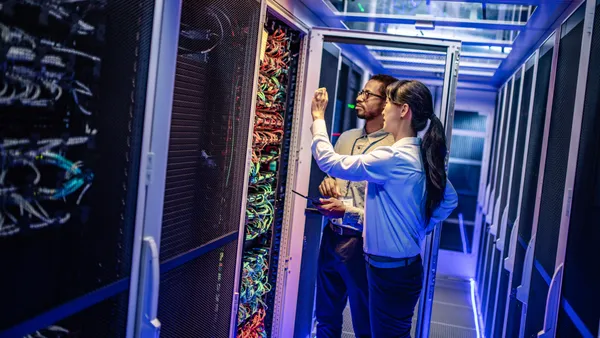Dive Brief:
- By 2030, automation will cut jobs by 29% while contributing as little as 13% to job creation, according to Forrester's Future of Work report.
- Automation will disproportionately impact digital laggards because non-digital workers will be unable to upskill at the rapid pace of change, according to the report.
- Companies already have a portfolio of intelligent technologies used for automation, though right now the use cases are fragmented and small. Eventually automation will stretch further into new use cases, risks and rewards, according to the report.
Dive Insight:
Automation impacts employment more than layoffs, which makes choosing what technologies to deploy all the more important. Employees are hesitant about automation, but 80% of those who employ it report higher productivity and creativity.
Finding where automated technologies best support employees depends on the tool. Automation is used as a blanket statement for a variety of uses but it casts a wide net, serving different purposes:
-
Decision automation is used on digital intelligent platforms and for image or video analysis.
-
Human/machine automation is for robots chatbots and intelligent assistants interacting with customers or employees.
-
Process automation includes robotic process automation (RPA) and low-code development platforms.
-
Technology infrastructure automation is found in serverless infrastructure management and automated security.
Individually rolling out uses cases in layers allows for some breathing room and adjustment period for employees to adapt.
A steady stream of disruptive technologies means a negative impact on jobs, or "cruel changes," according to Forrester. However, companies can't linger in the grace period for too long, otherwise they risk losing their competitive edge.












